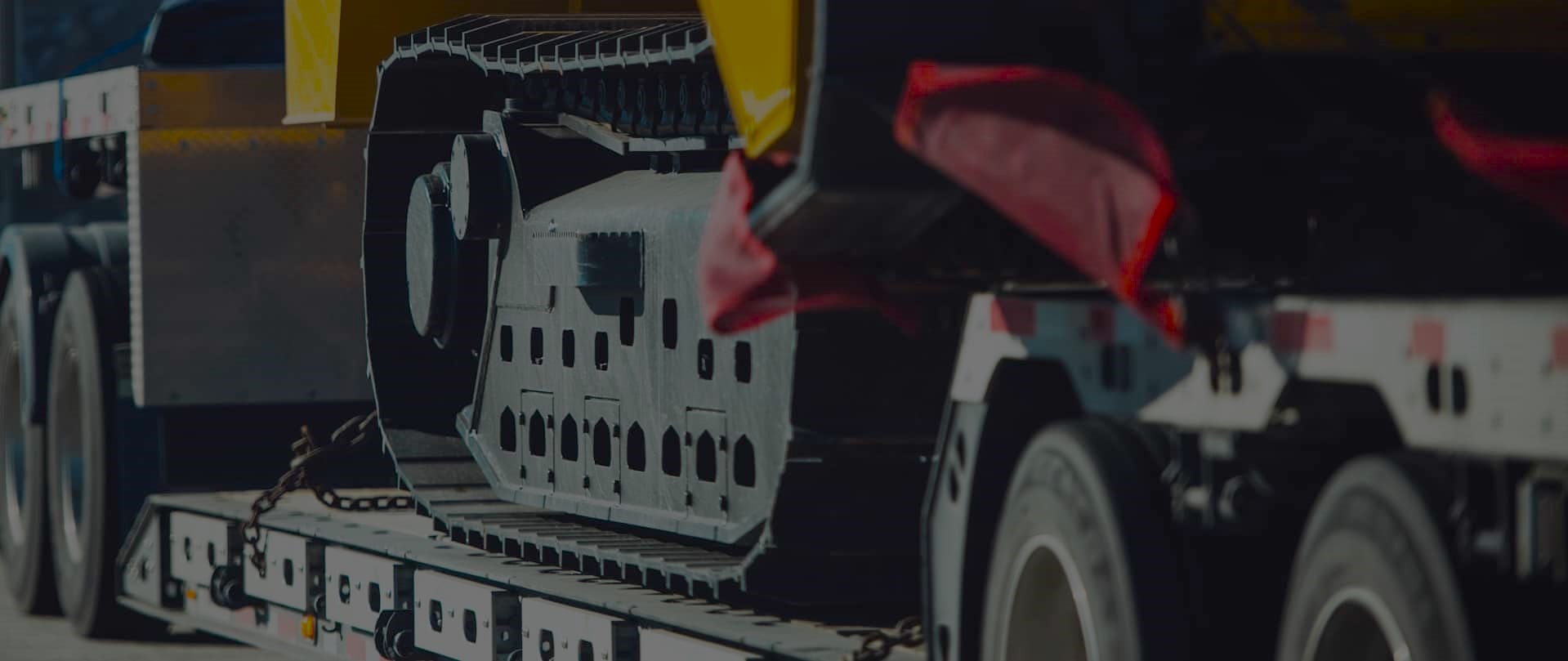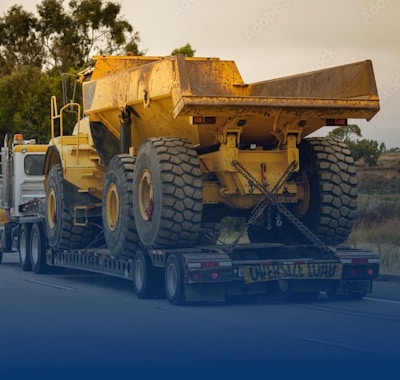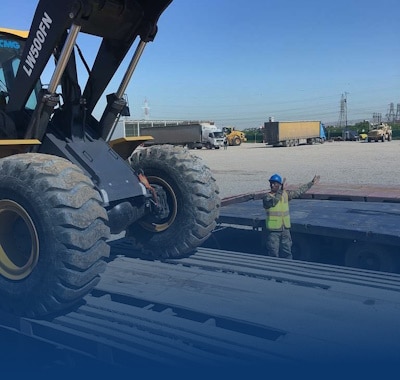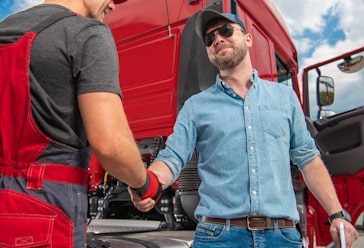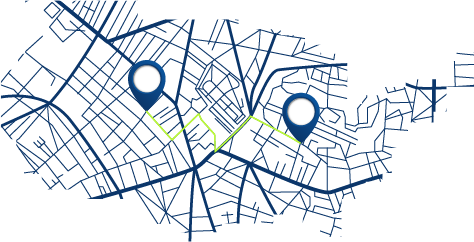Why Midwest Weight Stations Are Critical for Oversize Carriers
Freedom Heavy Haul can offer expedited Pickup and Delivery for any size shipment anywhere in the USA. Contact us today for No Hassle, No Pressure Pricing.
Weigh stations act as the frontline checkpoint that keeps heavy freight moving safely. Staffed by the Department of Transportation and officers, these sites protect roads and bridges by ensuring no vehicle passes overloaded.
Most states require commercial vehicles over 10,000 pounds to stop when a site is open. Federal limits generally cap loaded trucks at 80,000 pounds, with narrow exemptions for one non-divisible haul that end upon delivery.
At open posts, drivers follow posted speed limits, queue etiquette, and officer directions. Inspections can check axle and gross weight, ELD/HOS logs, DOT numbers, and basic equipment like brakes, tires, kingpin, hoses, and leaks.
Being prepared saves time: a smooth pass beats roadside holds. Good compliance reduces fines, avoids CDL penalties, and keeps freight on schedule while protecting infrastructure and promoting long-term road reliability.
The Midwest freight reality: dense corridors, heavy loads, and compliance on every mile
High-volume interstates funnel heavy freight into tight corridors where every open weigh station matters. Signage along the highway tells drivers when a post is active, and that realtime cue shapes routing and time planning during peak seasons.
How major lanes amplify the role of weigh stations for trucks and carriers
Regional flows—grain, steel, auto parts, and construction material—push large numbers of trucks onto a few main routes. Those lanes concentrate traffic so a single station becomes a key checkpoint for compliance and load checks.
Oversize and overweight traffic pressures on roads, bridges, and regional infrastructure
Most states require a required stop for commercial vehicles 10,000 pounds or more. Transportation officers and the Department Transportation use fixed scales and rolling scales to verify axle and gross weight. Quick checks cut delays and protect the road from premature wear.
Even one missed stop can cause fines, reroutes, and missed pickups. Good planning around likely open posts helps fleets manage risk, avoid citations, and keep busy schedules moving.
Why Midwest weight stations are critical for oversize carriers
Routine checks at highway checkpoints cut risks before a heavy rig faces a curve or downgrade. A simple scale read can reveal axle group imbalance that makes a vehicle harder to steer and slower to stop.
Safety first: controlling vehicles up to and beyond 80,000 pounds
Stopping distance grows as a load nears federal limits like 80,000 pounds. That raises rollover and braking risks, so a quick weigh and inspection keeps drivers and the public safer.
DOT oversight and inspection impacts
Officers verify DOT number, ELD logs, and hours of service. These checks shape carrier safety ratings and audit exposure.
Permits, holds, and consequences
Non-divisible permits are trip-specific and expire on delivery. If a vehicle exceeds limits, it may be held until loaders adjust the load. Failing to stop at an open weigh station can bring fines, insurance problems, and license penalties.
- Inspections may also include brakes, tires, rims, kingpin, springs, hoses, and fluid leaks.
- Drivers benefit from using weigh data to balance axle groups and reduce mechanical strain.
- Keep permit packets and route maps handy to speed any clarification with officers.
| Check | Why it matters | Common outcome | Action for drivers |
|---|---|---|---|
| Axle & gross weigh | Limits control handling and wear | Fine or hold until corrected | Recheck load distribution |
| ELD / HOS / DOT number | Safety rating and compliance | Inspection report or citation | Keep logs current and accessible |
| Equipment (brakes, tires, leaks) | Prevents breakdowns and crashes | Repair order or out-of-service | Perform yard checks before departure |
Inside the weigh station: rules, procedures, and what drivers should expect
A clear approach makes the stop quick and safe. When signs show the station open, merge to the right lane, obey the posted speed limit, and form a calm line. Follow arrows and officer directions and never back up if you miss the entrance.
Open vs. closed signals, speed, and basic etiquette
Active signals tell drivers to enter or bypass. Move as directed and avoid phone distractions. A polite, professional attitude speeds checks and keeps lines moving.
Axle and gross checks on platform and rolling scales
Some sites use rolling scales that record axle loads while you stay in motion. Other posts require stopping on a platform scale for axle-group or gross weigh readings. A display or officer will direct you to stop or proceed.
Equipment inspections and electronic logging checks
Inspections begin with a walkaround. If faults appear, officers may inspect brakes, tires, rims, kingpin, hoses, and leaks. Your DOT number and electronic logging records are checked against databases to confirm HOS compliance.
Carry permits, registration, medical card, and ELD instructions. Keep tires inflated, lights clean, and connections secure to pass swiftly.
| Step | What happens | Driver action |
|---|---|---|
| Approach | Sign indicates station open or bypass | Merge right, slow to posted speed, queue |
| Weighing | Rolling or platform scale reads axle/gross | Stop or maintain set speed as directed |
| Inspection | Walkaround, brake/tires/hoses check | Produce papers, fix defects if found |
| Verification | DOT number and electronic logging review | Show logs and documents; cooperate politely |
From 10,000-pound thresholds to weigh-in-motion: navigating rules and saving time
Knowing each state’s threshold for commercial vehicles 10,000 pounds helps drivers plan stops and protect schedules. Rules for vehicles 10,000 vary from universal required stop policies to targeted checks based on cargo or weight class.
How state rules shape routing: Some states insist every motor vehicle over the cutoff must stop. Others target certain vehicle types or use signage to open and close a station. Check state requirements before crossing a line to avoid surprises and lost time.
Weigh-in-motion and virtual bypass systems
Weigh-in-motion scales and transponder services like PrePass screen compliant carriers and let eligible trucks bypass a stop. These systems use real-time scale reads and safety data to help prevent backups while keeping the right to pull anyone in for inspection.
Staying informed and planning stops
Monitor open weigh station signs, apps, and DOT feeds to see if an open weigh or closed status applies. If you miss an entrance, never back up—proceed and find a safe legal alternative. Keep permits, logs, and registrations current to make any random check quick.
“Good planning and up-to-date systems save time and reduce citations.”
- Confirm station rules before a state line.
- Use bypass programs but maintain strong DOT records.
- Build routing buffers when multiple jurisdictions apply different thresholds.
Keeping oversize operations rolling safely, legally, and on schedule
A solid pre-trip checklist helps drivers move through a weigh station with speed and confidence. Verify load securement, confirm permits, and keep electronic logging current so inspection and weighing stay brief.
Keep trucks and equipment in top shape. Clean lights, good brakes, and proper tire pressure reduce the chance of a detailed inspection or an out-of-service order.
Use bypass services and weigh-in-motion where available, but plan buffers near scales. Know the 80,000 pounds baseline and permit limits so commercial vehicles stay compliant and deliveries stay on time.
Be courteous to transportation officers, keep documents organized, and track stop patterns. When load, records, and equipment line up, vehicles pass faster and operations run smoother.
